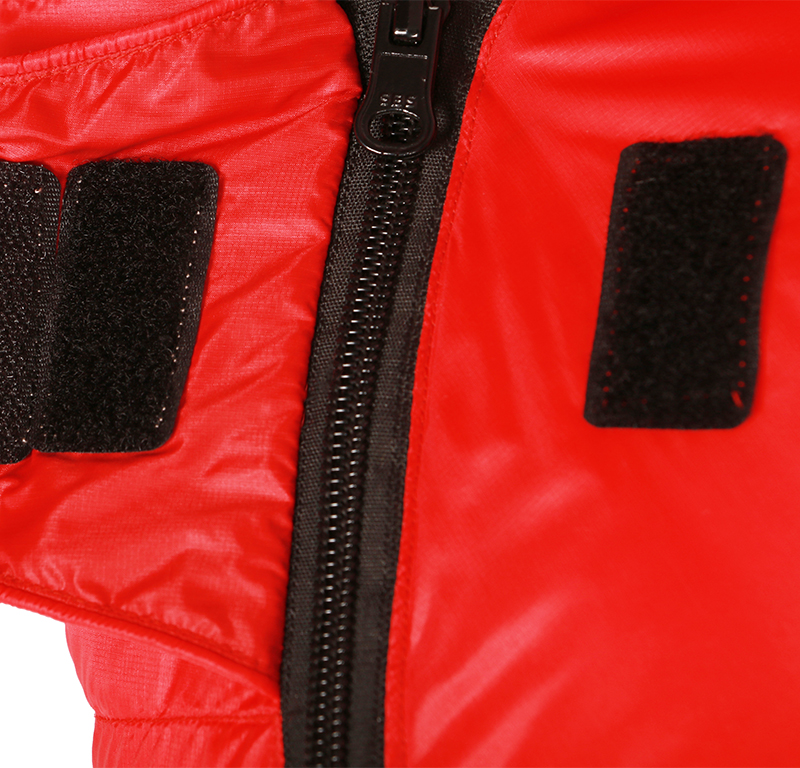
Dec . 13, 2024 17:11 Back to list
China Gabion Cage Solutions for Effective Erosion Control and Landscape Design
Exploring China’s Gabion Cage Products Innovations and Applications
In recent years, China has emerged as a global leader in the production of gabion cage products, which are essential elements in modern civil engineering and landscaping projects. Gabion cages, constructed from wire mesh and filled with rocks, stones, or other materials, offer an economical and environmentally friendly solution for various applications, including erosion control, retaining walls, and decorative landscape features. This article explores the innovative features of gabion cage products made in China, their manufacturing process, and their diverse applications in construction and environmental restoration.
The Structure and Functionality of Gabion Cages
Gabion cages typically consist of a three-dimensional structure created using welded or woven wire mesh. Their primary function is to hold loose materials such as stones or gravel, which provide stability and strength. The robustness of gabion cages makes them suitable for absorbing and dissipating energy from water flow, preventing soil erosion, and supporting steep slopes. The flexibility of the mesh allows the cages to adapt to various terrains, ensuring they can be used in both urban and rural environments.
Manufacturing Process
Chinese manufacturers have perfected the production of gabion cages by utilizing advanced technology and efficient quality control measures. The manufacturing process includes several critical steps
1. Material Selection High-quality steel wire is coated with anti-corrosive materials, such as PVC or galvanized Zn, to ensure longevity and resilience against harsh environmental conditions.
2. Mesh Wire Production The wires are woven or welded together to form the mesh panels of the gabion cages. This stage is crucial, as the quality of the mesh directly influences the durability of the final product.
3. Cage Assembly The completed mesh panels are shaped into cages, typically rectangular or cubic, and secured with tying wires. This assembly process can be customized based on the project's specific requirements.
4. Quality Testing Rigorous testing is conducted to ensure that the gabion cages meet international standards for strength, durability, and resistance to corrosion.
china gabion cage products

Versatile Applications
The versatility of gabion cage products made in China has led to their widespread use across multiple sectors
1. Erosion Control By placing gabion cages along riverbanks or slopes, they effectively reduce soil erosion caused by water runoff. The stones inside the cages provide added weight and stability.
2. Retaining Walls Gabion walls can serve as structural elements in retaining walls, allowing for the support of earth materials. They blend seamlessly into the landscape, offering both functionality and aesthetics.
3. Hydraulic Engineering In hydraulic projects, gabion cages are increasingly used for weirs, check dams, and riverbank stabilization, playing a crucial role in managing water flow.
4. Environmental Conservation Gabion cages contribute to ecological restoration projects, providing habitats for wildlife and facilitating the growth of vegetation by allowing sediment to settle and accumulate.
5. Decorative Landscaping In urban settings, gabion cages are utilized in landscaping to create visually appealing features, including seating, garden borders, and privacy walls. They can be filled with colorful rocks or recycled materials, enhancing the aesthetic appeal of public spaces.
Conclusion
China’s gabion cage products stand out for their quality, durability, and adaptability to diverse construction needs. As demand continues to grow globally, these innovative structures not only exemplify modern engineering principles but also highlight the importance of sustainable practices in both civil engineering and landscaping. From erosion control to decorative features, gabion cages are revolutionizing the way we approach environmental management and urban design, making them an indispensable tool in the toolkit of today’s builders and planners.
-
XL Waterproof Picnic Rug for Outdoor | Large Waterproof Mat, Easy Carry
NewsJul.25,2025
-
Best Waterproof Picnic Mat for Outdoor, Large & XL Rug Options
NewsJul.24,2025
-
XL Waterproof Picnic Rug - Extra Large, Durable & Portable Outdoor Mat
NewsJul.23,2025
-
Folding Picnic Rug – Large Waterproof Outdoor Blanket for Family & Beach
NewsJul.22,2025
-
Best Large Waterproof Picnic Mat with Bag for Outdoor Use
NewsJul.21,2025
-
XL Waterproof Picnic Rug - Spacious, Waterproof Mat for Outdoor Adventures
NewsJul.20,2025
